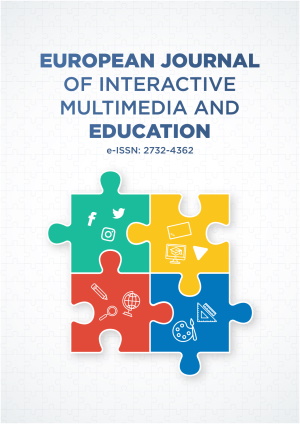Abstract
Digital learning has been the need of the hour as it has been providing access to online resources and to get engaged in their higher education courses amid COVID-19 lockdown. This paper is focused on highlighting how the Information and Communication Technology (ICT) tools, media and E-pedagogy as an instructional practice have been robustly used to gain disciplinary knowledge and information and to continuously avail the benefits of virtual learning. Higher education has been specifically digitalized and trialled without any preparation on the part of academies as well as teachers and students. This paper is more concerned on understanding how lockdown accelerated the digitalization of higher education and universities positively responded switching on to technology enabled online platforms for both instruction and evaluation. Further, it is also suggested that in the process of shifting to E-Pedagogy, both teachers and students need to be continuously provided with adequate technical tools and media to stay connected in online classes through virtual mode.
License
This is an open access article distributed under the Creative Commons Attribution License which permits unrestricted use, distribution, and reproduction in any medium, provided the original work is properly cited.
Article Type: Research Article
EUR J INTERACT MULTIMED ED, Volume 3, Issue 1, January 2022, Article No: e02206
https://doi.org/10.30935/ejimed/11493
Publication date: 03 Jan 2022
Article Views: 3829
Article Downloads: 3361
Open Access References How to cite this article
 Full Text (PDF)
Full Text (PDF)